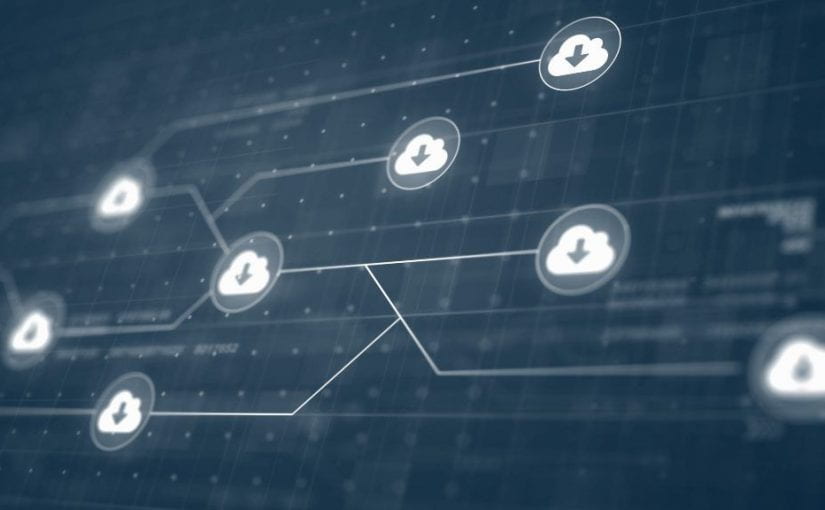
In order to save information, most companies are turned to digital databases. It can now be trivial or crucial.
Trivial data may refer to non-invasive information such as login times and so forth. However, the essential information can range from telephone numbers to bank statements.
The primary reason to hire a security team is therefore the provision of security for these databases.
Additionally, people have turned to VPN or Virtual Private Networking for information tracking and for focus (SOC) partners who focus on information insurance. The cloud security is based on this.
Cloud Security Management
Management of security involves the process of prioritising protection information. The concept of “incident” is the principle which most cloud services follow. This concept requires the team to find a security violation as soon as possible. The team can then work to patch it once the breach is detected.
More than 70% of companies using cloud storage experienced a “security incident.” The demand for improved cloud security is high. For companies using multiple platforms for storage, this number is increasing.
The considerations for cloud security management involve:
Risk prioritisation: this aspect applies specifically to companies that cannot afford only cloud security with a large number of resources. Consequently, they cannot address each risk at the same time. A security team will work to address each risk in a certain order.
Cybersecurity culture implementation: This implementation will take centre stage in data security. It involves educating a company’s human resources about cloud safety and security methods.
Cloud infrastructure enhancement: the whole of a cloud must be safeguarded. All paths in the cloud are therefore safe.
Features of security management platforms:
Security platforms are designated systems which ensure a company’s network security in order to store the data it collects. This process also includes safety and compliance.
- Simplified network visibility
- Simplified security management
- Consistent policy enforcement
- Automated security controls
You can read more in detail about these security management features and how you can leverage them to benefit your enterprise in this article about Protecting a Unified Cloud Platform through Cloud Security Management.
